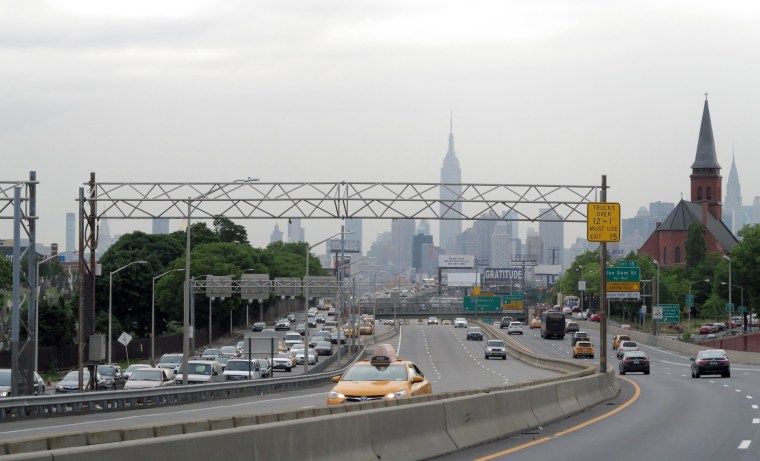When you think of young people who are neither working nor in school, you might picture the college grad who can’t find a job and lives in his parents’ basement. That’s the stereotype, but it’s wrong, according to the authors of a new report. The majority of young people in that situation are more likely to be a racial or ethnic minority, to live in poverty and in segregated neighborhoods, to have dropped out of high school and to have a disability.
They have fewer opportunities to be successful as adults, and Latino youth are among the hardest hit, according to the report, “Zeroing In on Place and Race: Youth Disconnection in America’s Cities.”
Nearly 1 in 6 Latino youths are neither working nor in school, the report says.
Overall, 1 in 7 of youths – teenagers and young adults between the ages of 16 and 24 – are disconnected, meaning they are neither working nor in school, the study by the nonpartisan research project Measure of America found. There are 5.5 million disconnected youth in America today.
The costs of disconnection are high for society and for taxpayers. Measuring one small subset alone of the direct costs of youth disconnection revealed a $26.8 billion tab in 2013.
But young people also suffer when they are cut off from the skills, knowledge and sense of purpose required to live rewarding lives, the report said.
“This time of life is hugely important to what kind of life you live as an adult,” Kristen Lewis, a co-author of the report, told NBC News. “Disconnection really stunts your development and leads to a future of limited horizons and unrealized potential, and that has a very high cost on the individual and on society.”
The study ranked youth disconnection in the nation’s 98 most populous metro areas as well as rates for major racial and ethnic groups at the national and metro levels. It found that youth disconnection rates for African Americans (21.6 percent), Native Americans (20.3 percent) and Latinos (16.3 percent) are considerably higher than rates for Asian Americans (7.9 percent) or whites (11.3 percent).
Among Latinos, disconnection rates range from a best of 10.3 percent of youth in Washington, D.C. to 27.2 percent in Providence, Rhode Island, an area that has seen a significant increase in its Hispanic population in the last decade.
“Disconnected young people tend to come from neighborhoods where adults are also struggling and with higher rates of poverty and unemployment. They’re less able than middle-class parents to help their children get a foothold in the adult world. It’s a very difficult environment in which disconnected young people grow up.”
Residential segregation by race and ethnicity is also associated with disconnection. The more segregated blacks and whites are from one another in a metro area, the greater the likelihood that black young people will be disconnected, and the lower the likelihood of disconnection for whites, Lewis said.
“You tend to have white areas with a good educational system and at the same time urban communities in these same metro areas where there’s been a real disinvestment, where schools are not very well resourced and where teachers tend to have less experience,” Lewis said.
Those factors might explain why a city can simultaneously be among the best for one racial or ethnic group and among the worst for another. Lewis cited the case of New Haven, Conn., the nation’s third-best performing area for whites, but among the worst for Latinos.
“We found places in New England, for instance, where white and Latino young adults really appeared to be living in different worlds,” Lewis told NBC.
There is positive news, however. The rate of youth disconnection in America has fallen since the recession. And the problem can be solved, Lewis said.
“But there aren’t easy fixes,” she said. “It’s important that we as a society are making sure that kids are ready for school, for instance, and making sure kids are attending good schools. It requires a lot of different, meaningful pathways to adulthood.”
